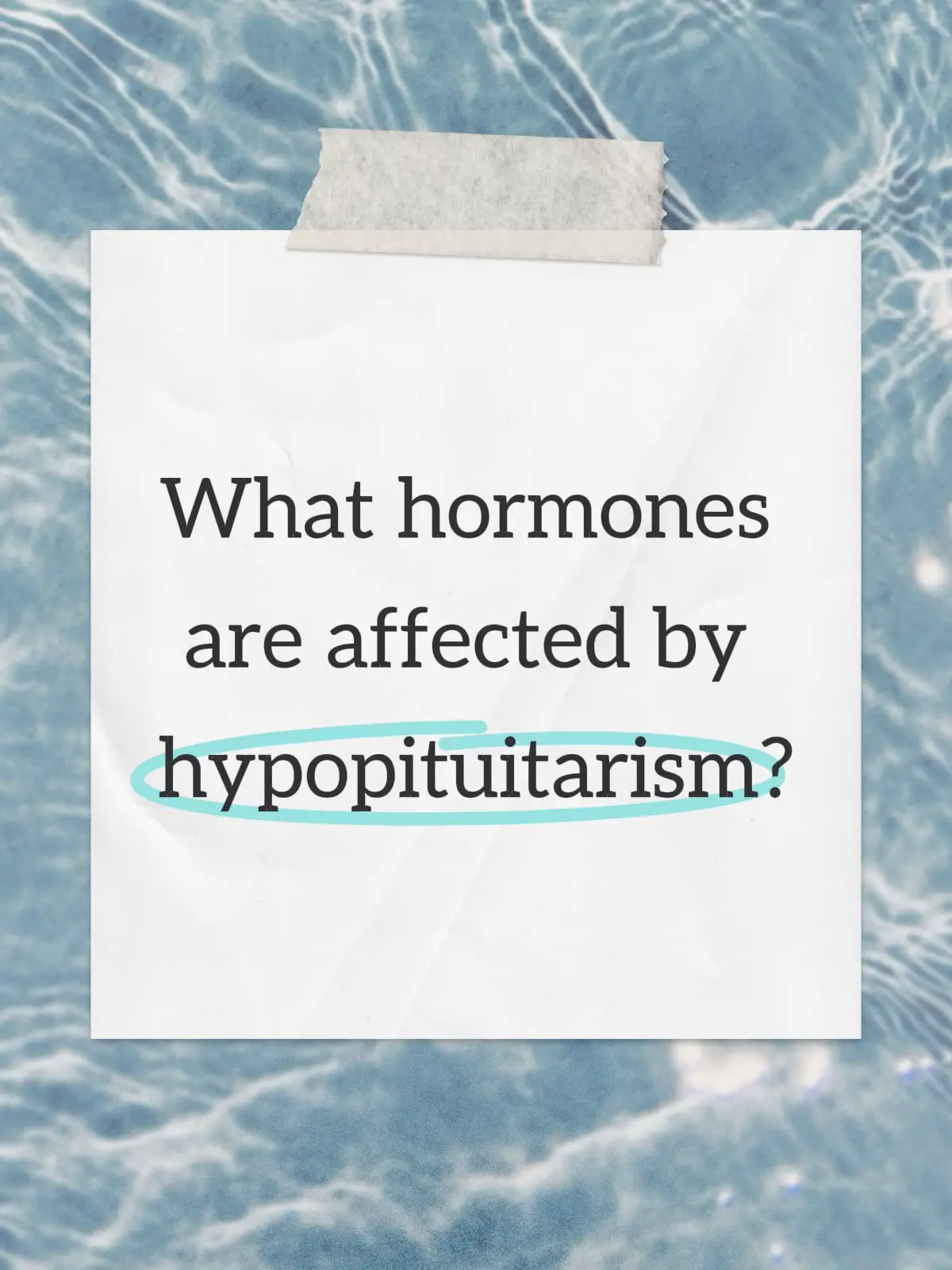Madre Latina Shop 📲
Region: US
Thursday 03 July 2025 13:51:50 GMT
390
6
3
4
Music
Download
Comments
rossana.vernal :
I need 3
2025-07-07 13:15:04
1
rossana.vernal :
🙌🏻🙌🏻🙌🏻🙌🏻🙌🏻
2025-07-07 13:14:35
0
To see more videos from user @madrelatinaenohio, please go to the Tikwm
homepage.





